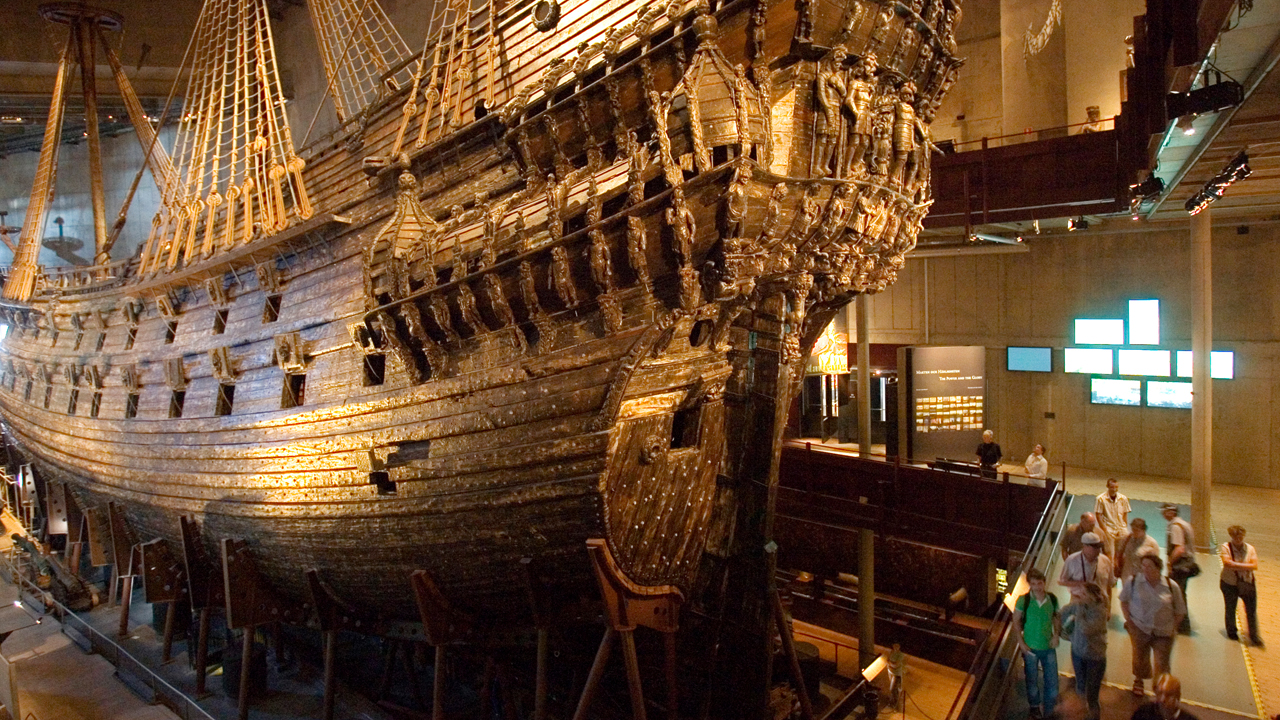Historic Swedish sailing ship slow to give up its secrets

The Swedish ship Vasa was supposed to be a beacon of military might when it launched in 1628, but it sank after sailing just over a kilometre, killing roughly 30 people in the process.
Since its recovery in 1961, the ship, its contents and the people who perished with it have become a valuable insight into 17th-century Swedish life.
Now, an international team of researchers has looked closer at one of the skeletons, referred to as G, and have confirmed that it’s female.
“Through osteological analysis it has been possible to discover a great deal about these people, such as their age, height and medical history. Osteologists recently suspected that G could be female, on the basis of the pelvis. DNA analysis can reveal even more,” says Dr Fred Hocker, director of research at the Vasa Museum, Sweden.
“It is very difficult to extract DNA from bone which has been on the bottom of the sea for 333 years, but not impossible”, says Professor Marie Allen, a forensic geneticist at Uppsala University in Sweden.
“Already some years ago we had indications that skeleton G was not a man but a woman. Simply put, we found no Y-chromosomes in G’s genetic material. But we could not be certain and wanted to confirm the result.”
They were able to do that with a technique developed by the US Department of Defense’s Armed Forces Medical Examiner System’s Armed Forces DNA Identification Laboratory (AFMES-AFDIL).
“We took new samples from bones for which we had specific questions. AFMES-AFDIL has now analysed the samples, and we have been able to confirm that G was a woman, thanks to the new test,” says Allen.
Allen, along with AFMES-AFDIL collaborator Dr Kimberly Andreaggi, is now investigating the DNA for more detail about G.
“Today we can extract much more information from historic DNA than we could earlier and methods are being continuously refined. We can say if a person was predisposed to certain illnesses, or even very small details, such as if they had freckles and wet or dry ear wax,” says Allen.
The Vasa Museum, meanwhile, is collecting information for a book about the people who died on the ship.
“We want to come as close to these people as we can. We have known that there were women on board Vasa when it sank, and now we have received confirmation that they are among the remains,” says museum historian Dr Anna Maria Forssberg.
“I am currently researching the wives of seamen, so for me this is especially exciting, since they are often forgotten even though they played an important role for the navy.”
This article was originally published on cosmosmagazine.com and was written by Ellen Phiddian.
Images: Getty
